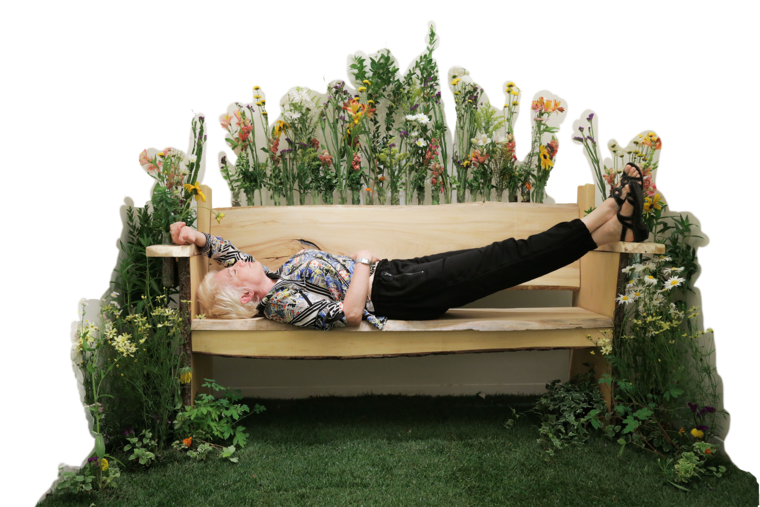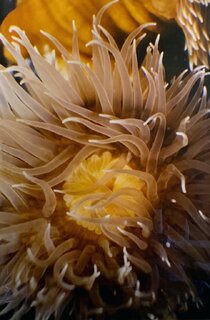
This verdant seating unit is conceived to meet both the needs of humans and butterflies, providing respite for both species; it can be sited in urban areas between Maine and Mexico (the known migration path of Monarchs). If employed extensively, it will considerably offset the depletion of the butterfly species, which currently is at risk of 40% depopulation due to human (corporate, agricultural, mono visioned) intervention.
We respectfully ask that humans refrain from pollinating while seated on the bench.
What Can Humans Do To Help Butterflies?
The ways in which we, as individuals, can stop the Monarch Butterfly Collapse are fourfold: 1) Create a waystation (like ours) that incorporates milkweed and other wildflower mixes to promote butterfly pollination and egg-laying
2) Eat organic food (avoiding herbicide-sanctioned farming supports milkweed / habitats) 3) Don’t support over-developed areas (like shopping malls and other subdivisions where acreage is not butterfly/wildlife-friendly)
4) Buy FSC-Certified / legally harvested wood, or re-purpose old wood (illegal logging depletes butterfly habitats)
More About the Monarch
Monarch butterflies lay their eggs on milkweed (and numerous other wildflower annuals) and later, the larvae consume the milkweed itself. Today, the Monarch butterfly population, upon which we rely for pollination and other necessary ecological tasks is down 40% -- this, largely because of the diminishment of milkweed. Corporate non-organic farming practices support the vast deployment of herbicides (more than 88,000 tons per year) manufactured by Monsanto that contain glyphosate, a chemical that kills milkweed. Suburban lawns (i.e., overdevelopment), illegal logging practices, and climate change are also to blame.
This waystation is one very actionable solution to bringing back the Monarch butterfly population. Once employed it can officially be certified by monarchwatch.org




